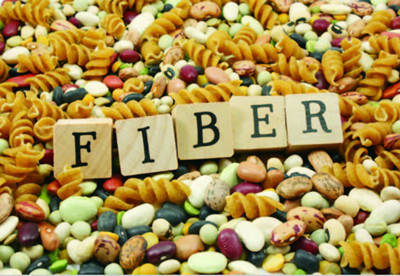(单词翻译:单击)
听力文本
It's one of the underwater world's classic partnerships:clownfish and Nemo hides out in the anemone, which helps keep predatory fish at bay.
"But at the same time there are other fish species that will kind of nibble on the sea anemones, and the clownfish will actually go out and scare them away." Jeff Gore, a biophysicist at MIT.
"So in this case there's across-protection mutualism between these two species in which they help to avoid predation."
Such cross-protection is usually seen between two animals.
But Gore studies the same sort of mutualism in microbes.
He and his team demonstrated the first experimental example of that cross-protective relationship in drug-resistant microbes, using two strains of antibiotic-resistant E. coli bacteria:
one resistant to ampicillin, the other to chloramphenicol.
The researchers grew the bacteria together in a test tube, in the presence of both antibiotics.
And rather than succumbing to the drugs, each bacterial strain deactivated one of the two antibiotics—thus protecting the other strain.
That activity led to a stable coexistence over time.
Which Gore says could in theory give the bugs an opportunity to swap resistance genes, through what’s called horizontal gene transfer—one bacterium donates genetic material to another.
Any such transfer could make either or both strains individually resistant to both types of antibiotics.
The findings are in the Proceedings of the National Academy of Sciences.
The same story might play out in our guts, too—but it's too early to translate it into medical guidance.
"It's always important to remember that just because we see a particular dynamic in the laboratory doesn't mean we should immediately go and change our clinical dosing practices.
But then those sorts of results are then used as a guide for the kinds of phenomena that clinicians may want to watch out for in their circumstances."
Cause the more we know about this bacterial buddy system, the better we may be at breaking it up if they team up against us.
参考译文
这是水下世界中存在的传统伙伴关系:小丑鱼尼莫藏身于海葵中躲避食肉鱼类。
“但与此同时其它鱼类也会一点一点啃食海葵,而这时小丑鱼就会蹿出来将它们吓走。”麻省理工学院的生物物理学家杰夫•格尔说道。
“因此在这种情况下这两个物种就形成了互惠共生关系。”

这种互相保护的关系经常可以在两种动物间看到。
但格尔研究了微生物中的这种互惠共生关系。
他和自己的团队对两种耐药性大肠杆菌进行了研究,通过首个试验例子展现出抗药性微生物之间的这种互惠共生关系:
一种菌株耐氨苄青霉素,而另一种则耐氯霉素。
研究人员在一个实验试管两种抗生素都存在的情况下将这两种菌株同时培养。
结果表明,这两种菌株非但没有向抗生素屈服,而是每种菌株各自抵抗其中的一种,从而保护对方。
这样的行为能使菌种稳定的共存。
而格尔表示,理论上讲这种行为使得细菌互相交换抗性基因,这就是我们所说的水平基因转移,期间一种细菌将自己的遗传物质奉献给另一个。

任何这样的转移可以使两种菌株的其中一种或者两者对两种类型的抗生素产生抗性。
这项研究已在《国家科学研究进展》杂志上发表。
这种同样的事情可能也在我们的肠道中上演,但把它变成医学指导方针可能为时过早。
重要的一点是要牢记,因为我们只在实验室中见过的这种特别行为并不意味着我们就可以立即采用并改变医学指导方针。
但当临床医生想要在工作中进行观察时,这样的实验结果可以作为研究这种互惠共生的一种指导方针。
因为我们对细菌这样的体系了解的越多,在它们联合起来对付我们时,我们就越可能更好的消灭它们。
译文为可可英语翻译,未经授权请勿转载!
重点讲解
1.hide out 躲藏在外
例句:Can I hide out with you?
我可以隐藏了你?
2.translate into 翻译成…;把…转化成
例句:Today, it may translate into confusion and a daunting level of research and mentalinvestment.
今天,它可能转变为混乱和使人畏缩程度的研究和心智的投资。
3.lead to 导致
例句:A lack of prudence may lead to financial problems.
不够谨慎可能会导致财政上出现问题。
4.play out 逐渐发生;展开
例句:Her union reforms were played out against a background of rising unemployment.
她对工会的改革是在失业率不断上升的背景下展开的。


